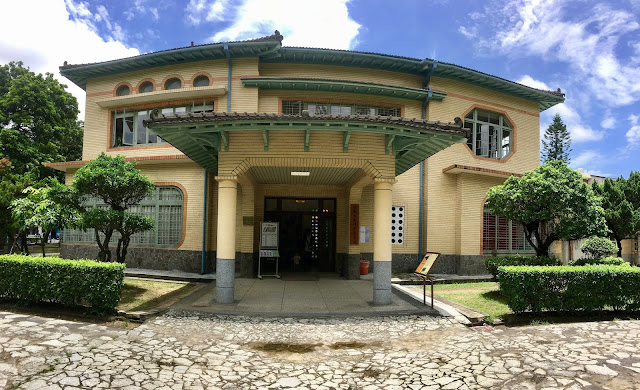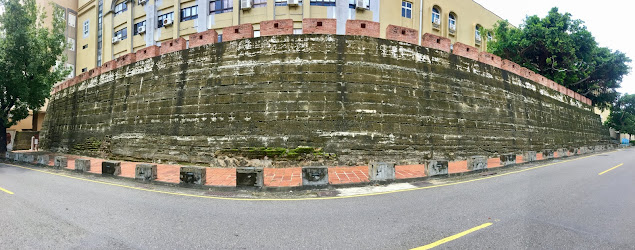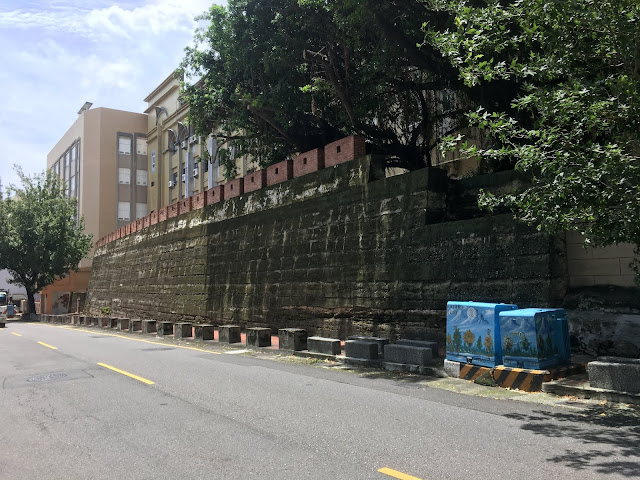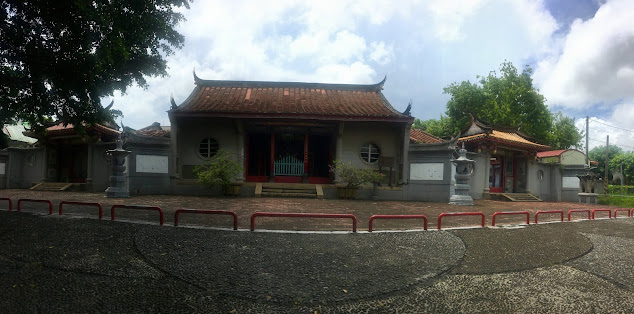Tainan is the oldest city in Taiwan and is commonly known as the "Capital City" due to its more than 200 years of history as the capital of Taiwan under the rule of Koxinga and later the Qing Dynasty. The city's complex history of resurgence, redefinition, and renewal has earned it the popular nickname "Phoenix City." As Taiwan's oldest urban area, Tainan was established by the Dutch East India Company as a ruling and trading base known as Fort Zeelandia during the Dutch colonial period. The city's previous name, Tayouan, is believed to be the origin of the name "Taiwan."
Tainan is also regarded as one of Taiwan's cultural capitals, renowned for its rich folk cultures, including its famous street food and traditional cuisine. It has diligently preserved Taoist rituals and a wide range of living local traditions that encompass various aspects of life, from childbirth to funerals. The city is home to Taiwan's first Confucian school-temple, constructed in 1665, as well as remnants of the Eastern and Southern gates of the old city and numerous other historical landmarks.
Great South Gate (大南門 (寧南門))
Great South Gate (大南門 or 寧南門) of Fucheng was constructed in 1725 and is one of the 14 gates that once surrounded the capital city of Taiwan during the Qing Dynasty. It is situated in the central and western district of Tainan City. The gate is a three-level monument and is the only remaining gate in Taiwan among the original five gates of Tainan. Dabeimen, Xiaobeimen, Xiaodongmen, and Xiaonanmen have all disappeared.
After World War II, the Great South Gate Tower remained standing, but the mid-ridge collapsed due to heavy rain in 1963. The gate was restored with a new roof in 1977. There are three characters inscribed on the inner door, and the outer door is labeled as the South Gate. Behind the gate is the Jianxing National Middle School.
See also: Historic places of Tainan City (part I)

Stone Monuments Forest (碑林)
Stone Monuments Forest (碑林), also known as "Dabeilin," is one of the ten scenic spots in Tainan's historical buildings and is considered a historic site in Taiwan. Notably, the stone monuments, including the "Reconstruction of the Monument of Taiwan's Fucheng," have been designated as cultural assets of antiquity.
The Nanmen Stone Monument Forest was created during the Japanese occupation of Taiwan. In 1935, 45 ancient monuments were collected for display at the Taiwan Expo. In 1977, 15 ancient monuments were moved from Chihkan Tower, and three additional ones were added. Today, the monument forest houses 63 ancient monuments. These monuments can be categorized into six groups: Jigong monument, construction monument, architectural monument, donation monument, tombstone monument, and display monument.
Film Center (南門電影書院 | 台南放送局)
Film Center (南門電影書院 | 台南放送局) is another notable attraction within the park. Originally completed in 1932 as the Nanmen Film Academy, it served as the Tainan Broadcasting Bureau. The building exhibits a Western-style architectural design, standing out in the quaint Nanmen Park.
During the Japanese occupation period, the center was responsible for broadcasting. People who wanted to listen to the radio had to register with the association and pay a monthly fee.
In recent years, Nanyi University has collaborated with the municipal government to establish the "Southern Taiwan Film Academy in Tainan City," focusing on film and television-related activities such as education, co-production, information inquiry, and film screenings. The museum showcases various artifacts related to the film industry, and classic movies are regularly screened in the 24-seat theater. It is a great place to immerse oneself in the nostalgia of the past film and television styles.

City Wall (台南府城城垣遺跡)
City Wall remnants of Taiwan Fucheng City Wall can be found on Shulin Street, connecting to National Tainan Girl's Senior High School. The remains have been restored using ancient methods and resemble their original appearance. In one section, the internal structure of the wall has intentionally been left exposed for observation. The school section spans eighty meters in length and stands four meters tall, representing the best-preserved portion. The wall was constructed using concrete and traditional methods, and the scarcity of remaining traces of the old city wall in Tainan makes these remains highly valuable.
Fahua Temple (法華寺)
Fahua Temple (法華寺) has its origins in the former residence of Li Maochun, who arrived in Taiyi with Zheng Jing during the final years of the Ming Dynasty. Li Maochun unintentionally acquired the name Li Bodhisattva, and he planted a bamboo tree in the location of his residence, creating a garden for Buddhist practice. Li Maochun and Ming Zheng were friends with Chen Yonghua, who served in the army. After Li Maochun's passing, his best friend converted the former residence into a temple dedicated to the Bodhisattva.
Fahua Temple was constructed in 1684 through the fundraising efforts of Jiang Yuying. In 1698, Song Yongqing of Fengshan County led a donation campaign to build a three-in-one temple. The front hall is dedicated to Nanji Emperor, also known as the Temple of Fire. The nave is dedicated to Guanyin Bodhisattva, while the apse is dedicated to the Bodhisattva. Additionally, there is a Zen room in the backyard where bamboo and flowers are cultivated. In 1713, the temple's abbot installed a cast bell that was hung from the clock tower. Unfortunately, the Fahua Temple was destroyed in an earthquake in 1721. The restoration was completed between 1743 and 1764.
In 1942, the temple underwent refurbishment. The Japanese, who built the Tainan Airport, demolished the tomb of Li Maochun and relocated his remains to the temple tower. During World War II, most of the temple's buildings were burned. In the 1940s, the abbot Changchang Master initiated a reconstruction effort that lasted until 1959. Although most of the temple's buildings were reconstructed to resemble wood-like structures, they were built in accordance with traditional architectural styles due to their historical significance and overall regulations. In 1985, the temple was listed as a Three-Level Monument.
Kuilou Academy (奎樓書院)
Kuilou Academy (奎樓書院), also known as Kuilou College, was established in 1726. It originated from the "Kui Xingtang" and "Zhongshe Academy." Through donations from Qingbao, the "Zhongshe Academy" was formed, which included structures like Kuixingtang and Cangshengtang. It was recognized as one of the four major colleges in Fucheng, alongside Chongwen, Haidong, and Penghu. Although referred to as a college, Kuilou Academy served as a place for scholars to gather and discuss literature and poetry history, distinguishing it from other lecture-based colleges. The academy was originally located next to the patrol station. During the Japanese occupation period, the road was relocated to its current site, but the main building was destroyed during World War II. After reconstruction, the academy assumed its present appearance and was repurposed as a kindergarten classroom.



























0 komentarze:
Post a Comment